#!/usr/bin/env perl
use strict;
use warnings;
use 5.010_000;
use utf8;
binmode STDOUT, ":encoding(utf8)";
use Text::CSV_XS;
use FindBin;
use lib $FindBin::Bin . '/../lib';
use Net::Google::Spreadsheets::V4;
use Net::Google::DataAPI::Auth::OAuth2;
use lib 'lib';
use Term::Prompt;
use Net::Google::DataAPI::Auth::OAuth2;
use Net::Google::Spreadsheets;
use Data::Printer ;
my $oauth2 = Net::Google::DataAPI::Auth::OAuth2->new(
client_id => $ENV{CLIENT_ID},
client_secret => $ENV{CLIENT_SECRET},
scope => ['https://www.googleapis.com/auth/spreadsheets'],
);
my $url = $oauth2->authorize_url();
# system("open '$url'");
print "go to the following url with your browser \n" ;
print "$url\n" ;
my $code = prompt('x', 'paste code: ', '', '');
my $objToken = $oauth2->get_access_token($code);
my $refresh_token = $objToken->refresh_token() ;
print "my refresh token is : \n" ;
# debug p($refresh_token ) ;
p ( $objToken ) ;
my $gs = Net::Google::Spreadsheets::V4->new(
client_id => $ENV{CLIENT_ID}
, client_secret => $ENV{CLIENT_SECRET}
, refresh_token => $refresh_token
, spreadsheet_id => '1hGNULaWpYwtnMDDPPkZT73zLGDUgv5blwJtK7hAiVIU'
);
my($content, $res);
my $title = 'My foobar sheet';
my $sheet = $gs->get_sheet(title => $title);
# create a sheet if does not exit
unless ($sheet) {
($content, $res) = $gs->request(
POST => ':batchUpdate',
{
requests => [
{
addSheet => {
properties => {
title => $title,
index => 0,
},
},
},
],
},
);
$sheet = $content->{replies}[0]{addSheet};
}
my $sheet_prop = $sheet->{properties};
# clear all cells
$gs->clear_sheet(sheet_id => $sheet_prop->{sheetId});
# import data
my @requests = ();
my $idx = 0;
my @rows = (
[qw(name age favorite)], # header
[qw(tarou 31 curry)],
[qw(jirou 18 gyoza)],
[qw(saburou 27 ramen)],
);
for my $row (@rows) {
push @requests, {
pasteData => {
coordinate => {
sheetId => $sheet_prop->{sheetId},
rowIndex => $idx++,
columnIndex => 0,
},
data => $gs->to_csv(@$row),
type => 'PASTE_NORMAL',
delimiter => ',',
},
};
}
# format a header row
push @requests, {
repeatCell => {
range => {
sheetId => $sheet_prop->{sheetId},
startRowIndex => 0,
endRowIndex => 1,
},
cell => {
userEnteredFormat => {
backgroundColor => {
red => 0.0,
green => 0.0,
blue => 0.0,
},
horizontalAlignment => 'CENTER',
textFormat => {
foregroundColor => {
red => 1.0,
green => 1.0,
blue => 1.0
},
bold => \1,
},
},
},
fields => 'userEnteredFormat(backgroundColor,textFormat,horizontalAlignment)',
},
};
($content, $res) = $gs->request(
POST => ':batchUpdate',
{
requests => \@requests,
},
);
exit;
#Google Sheets API, v4
# Scopes
# https://www.googleapis.com/auth/drive View and manage the files in your Google D# # i# rive
# https://www.googleapis.com/auth/drive.file View and manage Google Drive files and folders that you have opened or created with this app
# https://www.googleapis.com/auth/drive.readonly View the files in your Google Drive
# https://www.googleapis.com/auth/spreadsheets View and manage your spreadsheets in Google Drive
# https://www.googleapis.com/auth/spreadsheets.readonly View your Google Spreadsheets


